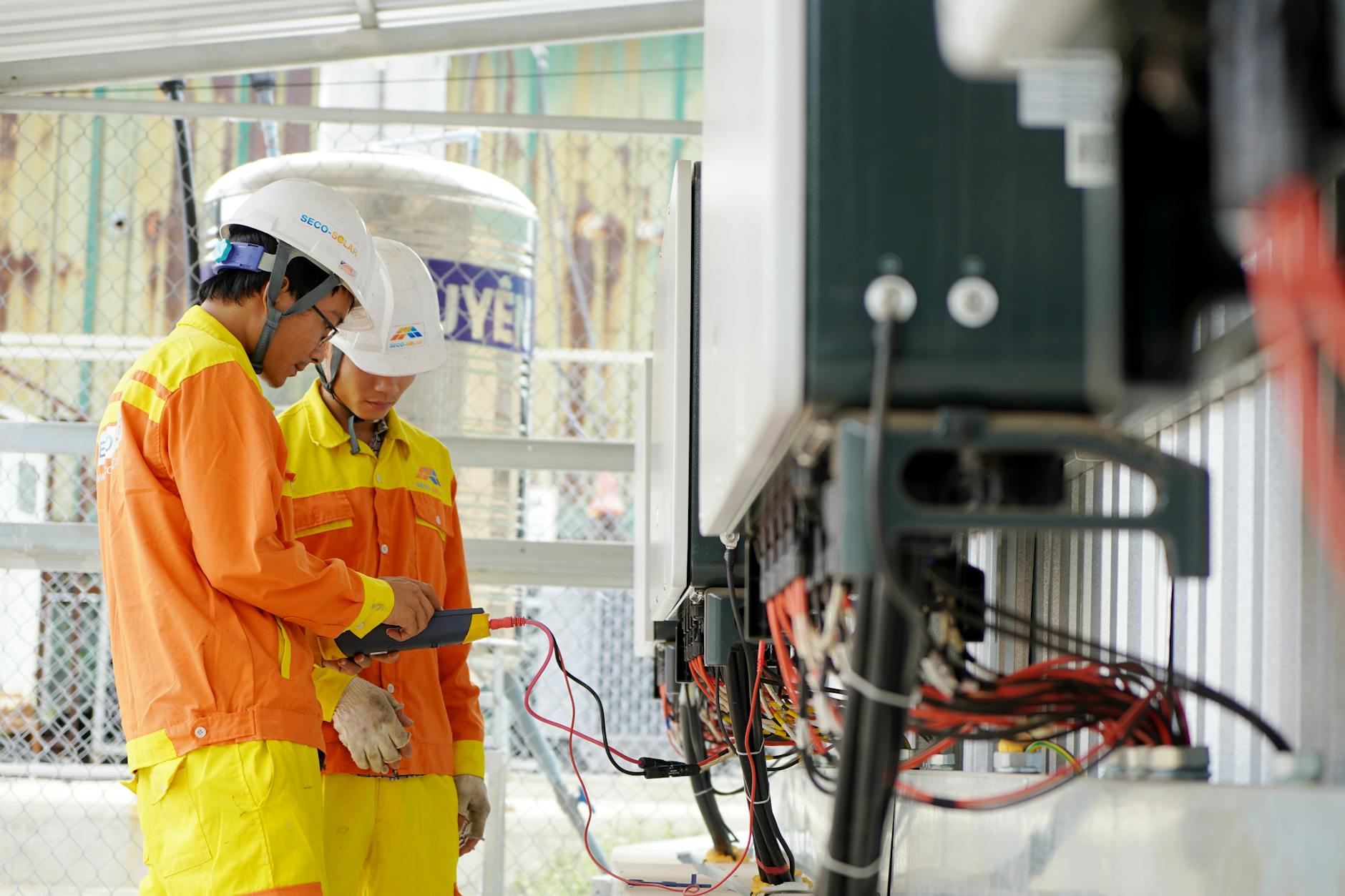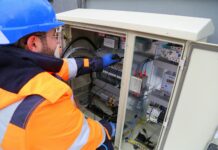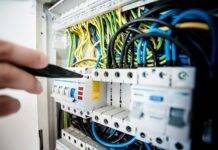
5 Safety Rules for Electricity
Introduction to Electrical Safety
Electrical safety is crucial in our daily lives, whether at home, work, or any other environment where electricity is present. From powering our homes to fueling industries, electricity plays a vital role, but it also poses significant hazards if not handled properly. Understanding the basics of electrical safety is essential for preventing accidents and ensuring the well-being of everyone.
Understanding Electricity
What is Electricity?
Electricity is the flow of electrons through a conductor, such as wires, resulting in the generation of power. It powers our homes, appliances, and devices, making it an integral part of modern life.
How Does Electricity Work?
Electricity works by creating a closed circuit where electrons can flow from a power source, through a conductor, and back to the source. This flow of electrons generates energy that powers various electrical devices.
Importance of Electrical Safety
Risks of Electrical Hazards
Electrical hazards include electric shocks, burns, fires, and even fatalities. These hazards can occur due to faulty wiring, damaged equipment, or improper handling of electrical devices.
Statistics on Electrical Accidents
Every year, thousands of electrical accidents occur globally, resulting in injuries and fatalities. According to the National Fire Protection Association (NFPA), electrical fires account for a significant portion of residential fires, highlighting the importance of electrical safety measures.
5 Safety Rules for Electricity
Rule 1: Inspect Cords and Equipment Regularly
Regularly inspect cords, plugs, and electrical equipment for signs of wear and damage. Frayed cords, exposed wires, or cracked insulation can increase the risk of electrical hazards. Replace damaged equipment immediately to prevent accidents.
Rule 2: Avoid Overloading Circuits
Avoid overloading circuits by plugging too many devices into a single outlet. Overloaded circuits can overheat, leading to electrical fires or equipment damage. Use power strips with built-in circuit breakers to distribute power safely.
Rule 3: Use Ground Fault Circuit Interrupters (GFCIs)
Install Ground Fault Circuit Interrupters (GFCIs) in areas where water is present, such as kitchens, bathrooms, and outdoor outlets. GFCIs monitor the flow of electricity and shut off power when they detect a ground fault, preventing electric shocks and electrocution.
Rule 4: Keep Water Away from Electrical Appliances
Water and electricity are a dangerous combination. Keep electrical appliances away from water sources, and never use them with wet hands. Water conducts electricity and increases the risk of electric shocks and short circuits.
Rule 5: Never Touch Electrical Appliances with Wet Hands
Avoid touching electrical appliances or switches with wet hands. Moisture increases conductivity, making it easier for electricity to flow through your body, resulting in electric shocks. Dry your hands thoroughly before handling any electrical equipment.
Conclusion
Electrical safety is everyone’s responsibility. By following these five safety rules and practicing caution when dealing with electricity, we can prevent accidents and protect ourselves and others from harm. Remember, a little prevention goes a long way in ensuring a safe and secure environment.
Electrical Grounding: Unraveling the Importance and Essential Techniques
Electrical Cord Management: Safeguarding Against Overloading and Tripping Hazards
Electrical Cord Safety: Inspection and Replacement Guidelines
FAQs on Electrical Safety
- Why is electrical safety important? Electrical safety is essential to prevent accidents, injuries, and fatalities caused by electrical hazards.
- What are the common electrical hazards at home? Common electrical hazards at home include faulty wiring, damaged cords, overloaded circuits, and improper use of electrical appliances.
- How can I check if an outlet is grounded? You can use a simple outlet tester or hire a qualified electrician to inspect and test the outlets in your home for proper grounding.
- Are power strips safe to use? Power strips are safe to use when used properly and not overloaded. Look for power strips with surge protection and built-in circuit breakers for added safety.
- What should I do in case of an electrical emergency? In case of an electrical emergency, such as an electric shock or fire, immediately disconnect the power source if safe to do so and seek medical attention or call emergency services.
























